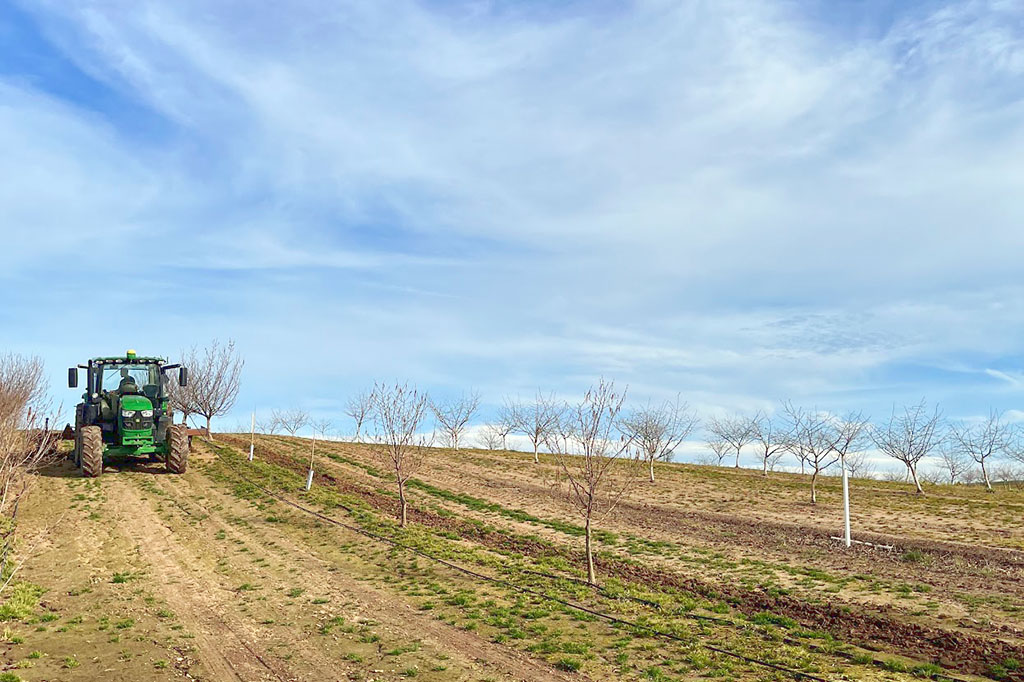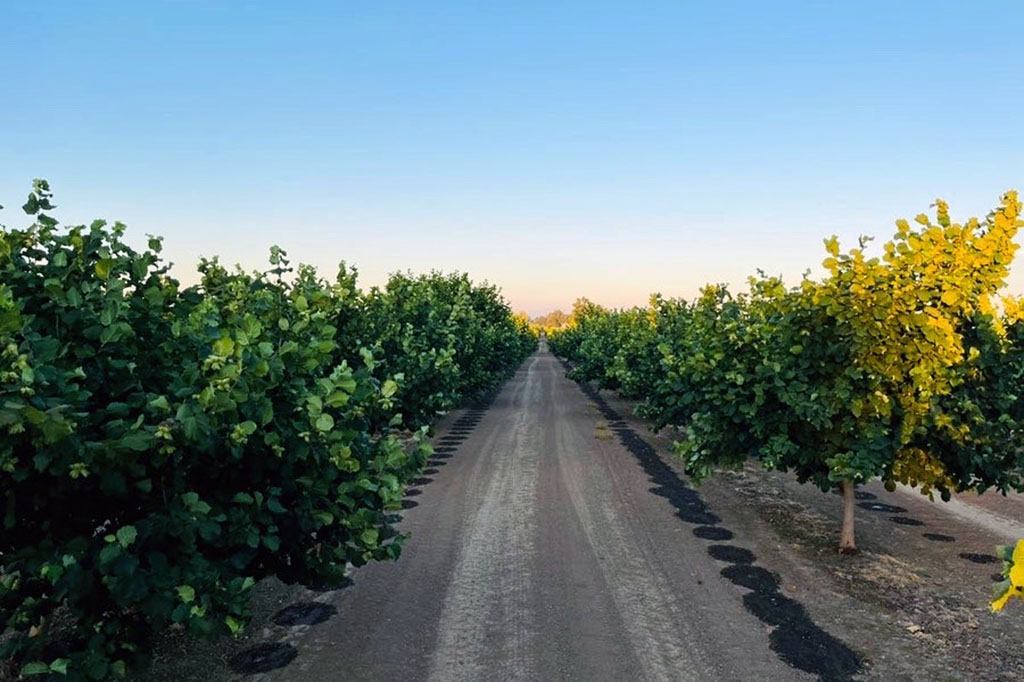

In the world of agriculture, where the weather isn’t always a reliable ally, innovative technologies are an advantage for resourceful farmers.
Irrigation systems were initially created to overcome water scarcity and optimize crop yields, but these systems have struggled with water waste and imprecision. As we move into the age of smart farming with devices like IoT (Internet of Things), we’re seeing new possibilities in irrigation that can combat these shortcomings.
The 2010s ushered in the era of cloud data communication, paving the way for real-time insights. By 2018, 6 million acres of U.S. land were irrigated with micro irrigation, underlining the growth of efficient water usage. Now, with a projected market value of $2.1 billion by 2025, smart farmers are embracing automated irrigation’s potential to elevate day-to-day operations.
Automated irrigation solutions exist on a spectrum and require different levels of operator support. This can range from the literal “hands-on” approach to fully automated systems. We group this spectrum into four main levels of automation:

Adopting precision irrigation systems has a massive impact on crop yield, but also water conservation and sustainability. By monitoring soil moisture levels, smart irrigation automates watering and minimizes water usage. The benefits extend to:
At the core of automated irrigation are sensors strategically placed across fields. These sensors transmit real-time data to a central hub, triggering water pumps when moisture or temperature deviates from the norm. This system creates a seamless flow of information, navigated by users through tailored cloud-based platforms or mobile applications.
For precision irrigation, automated irrigation sensors can play different roles:
Going beyond sensors, you can customize your smart irrigation. For example, integrating third-party APIs that tap into additional valuable data and help inform your decision-making.

No irrigation system is left untouched by smart farming. Depending on how water is distributed, you can choose an irrigation system that can be enhanced with smart software.
Looking Forward
We work with farmers who are frustrated with the challenges of outdated irrigation practices. Smart farming offers a strong solution. As we look to the future where resources are used efficiently and yields are maximized, automated irrigation stands as a bridge uniting both technology and agriculture.
– Eli Garrido

4420 Ridge Dr NE, Salem, OR 97301
After Hours Emergency Service:
License #:
OR CCB# 33228
WA # STETTSC810CN
© 2024 Stettler Supply Company. All rights reserved. Privacy Policy